SHARRYLAND
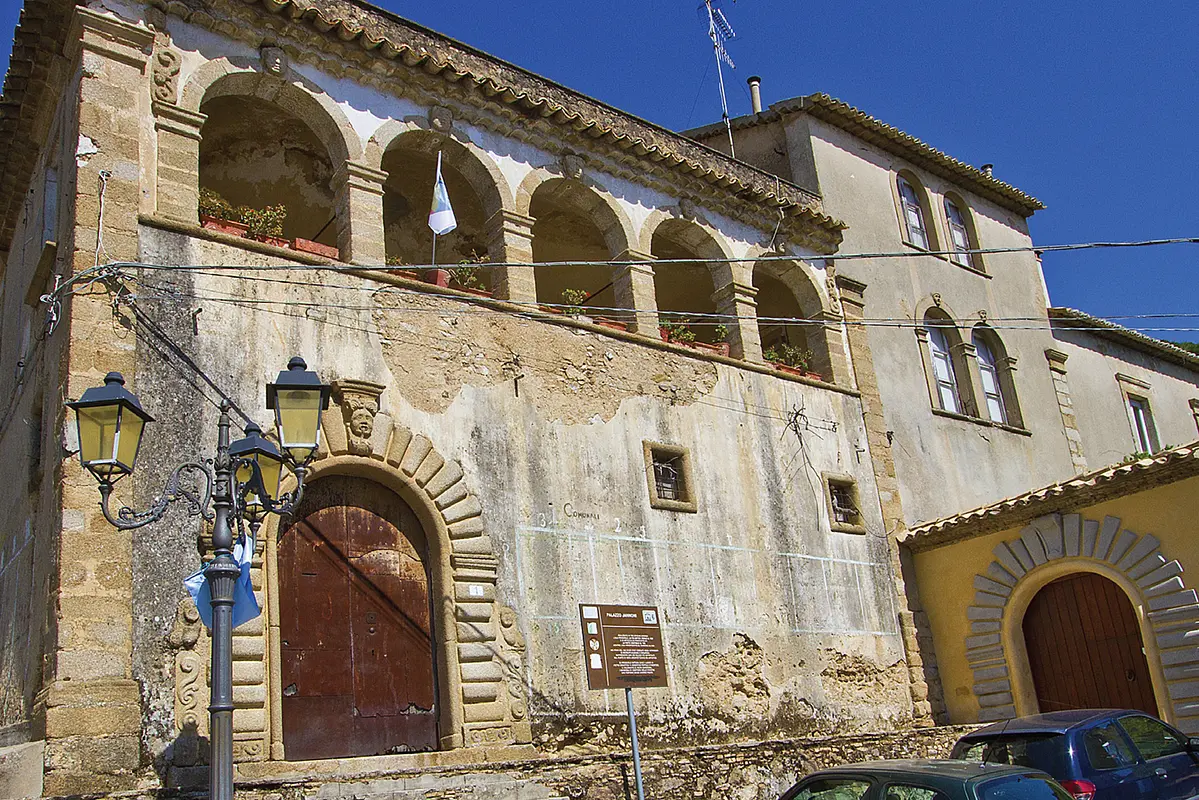

The Riviera of the Angels - Sant'Andrea Apostolo dello Ionio
A village in the early hinterland with a history that in the early Middle Ages saw Basilian monastic communities as protagonists

Where
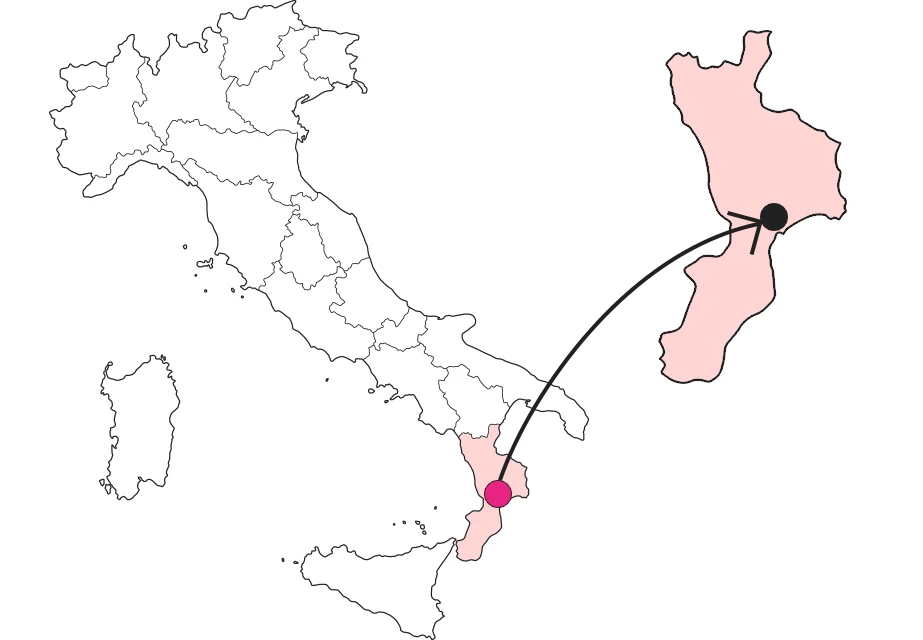
An up-and-down village on three hills
The village is located in a panoramic position among the first undulations of the Ionian hinterland. The municipal territory has a considerable elevation range, from the Marina, a busy seaside hamlet, to the wooded summit of Mount Farina (m 700). The main town, 312 meters above sea level, occupies three hillocks, adapting to their course with a network of streets connected by passages and stairways. At one time the village was walled and had as many gateways. Disappeared the castle that overlooked it, today are churches and bell towers has characterized its profile.
A history that goes back to the year 1000.
It all begins with an early medieval settlement, a Basilian grange, that is, one of those fortified farms that certain Levantine monks who landed in Calabria used to build in the countryside to secure crops from raids. It is understandable how these small religious communities were points of aggregation of the populations scattered in the countryside with the result of forming rural districts and sometimes real villages. Also confirming this genesis is the typically Byzantine cult of St. Andrew the Apostle, eponym as well as patron of the municipality.
Palaces and fountains glimpses of times gone by
The scenic location is undoubtedly the first attraction of St. Andrew the Apostle. Once on site, however, up Corso Umberto to Piazza Castello, one appreciates both its historical depth and its serene atmosphere. Remarkable, for example, is the picture with the seventeenth-century Jannoni palace in the center , with an ashlar portal at the ridge of a staircase and an arched loggia worthy of a studied stage design. And across the street the corner of the Three Fountains, cast-iron lampposts and the beautiful Winged Victory in tribute to the Fallen in the shade of a large ash tree.
From the patron's church the excitement of the view
The most significant church in the village is the one dedicated to the patron saint St. Andrew the Apostle, which is celebrated on November 30 with solemnities and square entertainment. It may be a thousand years old, however eighteenth-century in appearance, but what makes it special is its position stretching out toward the Alaco valley below, the sea on the horizon all the way beyond Soverato to embrace the Gulf of Squillace. A singular belvedere, designed in a semicircle at the back of the church, a carved palm tree holding the aedicule with the statue of the titular saint.
Earthenware that speaks to us from the past
The villages of Ionian Calabria are united by a traditional economy based on the products of a hilly countryside and the activities of the mountains that crown its territory. From time to time, individual communities have then found ways to distinguish themselves through some form of craftsmanship. In the case of Sant'Andrea it was ceramics, aimed mainly at the production of artifacts related to daily life, simple terracottas mostly, but always with appreciable decoration. An ancient art, which has regained momentum among new generations.
Enter the Map of Italy's Undiscovered Wonders and find treasures where you least expect it... Inspire, Recommend, Share...
The Map thanks:
PSC 2014-2020 del Ministero del turismo - Avviso “Montagna Italia” - Progetto le Montagne del sole - Codice CUP J38J22000450008

In the Community
Enter the Map of Italy's Undiscovered Wonders and find treasures where you least expect it... Inspire, Recommend, Share...
The Riviera of Angels
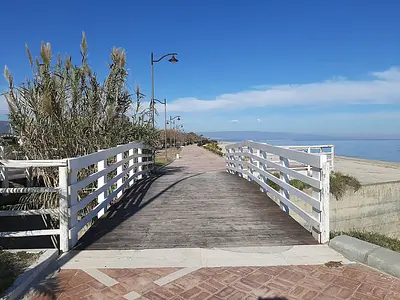
INTRODUZIONE
The Riviera of Angels

2 di 8
The Riviera of Angels - Dàvoli

3 di 8
The Riviera of Angels - San Sòstene
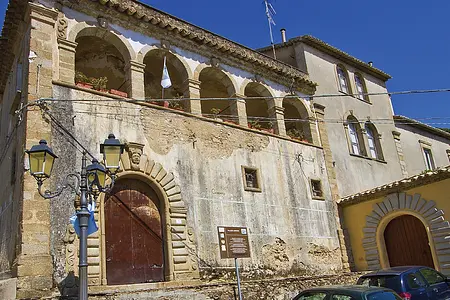
4 di 8
The Riviera of the Angels - Sant'Andrea Apostolo dello Ionio
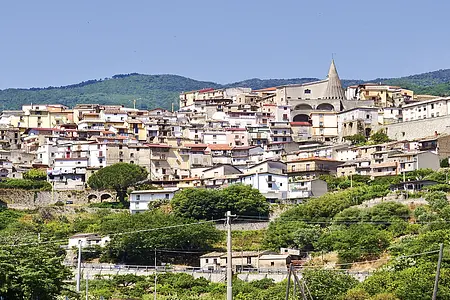
5 di 8
The Riviera of Angels - Isca on the Ionian Sea
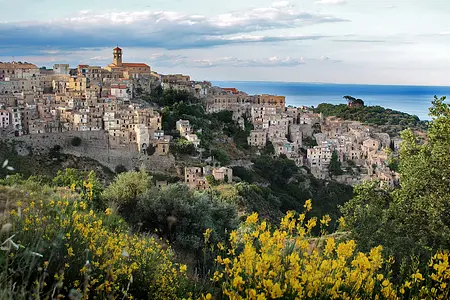
6 di 8
The Riviera of Angels - Badolato
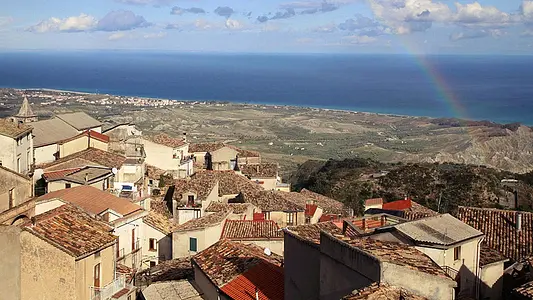
7 di 8
The Riviera of the Angels - Santa Caterina dello Ionio
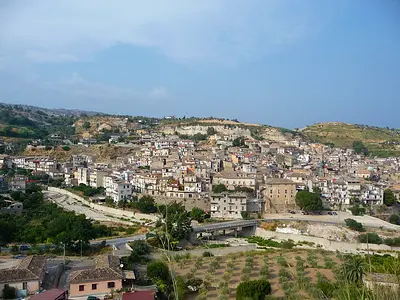
8 di 8
The Riviera of Angels - Guardavalle
Where


